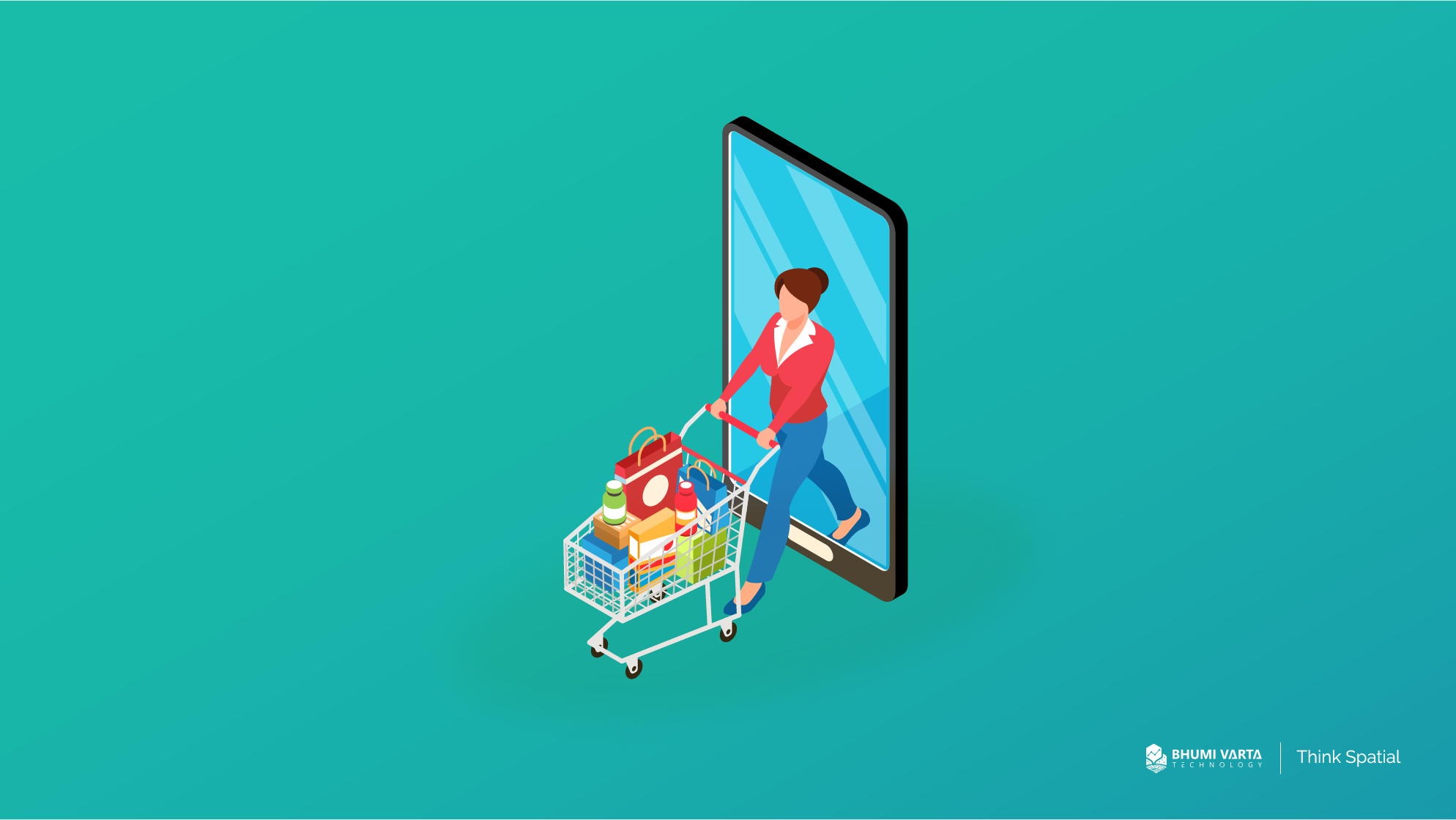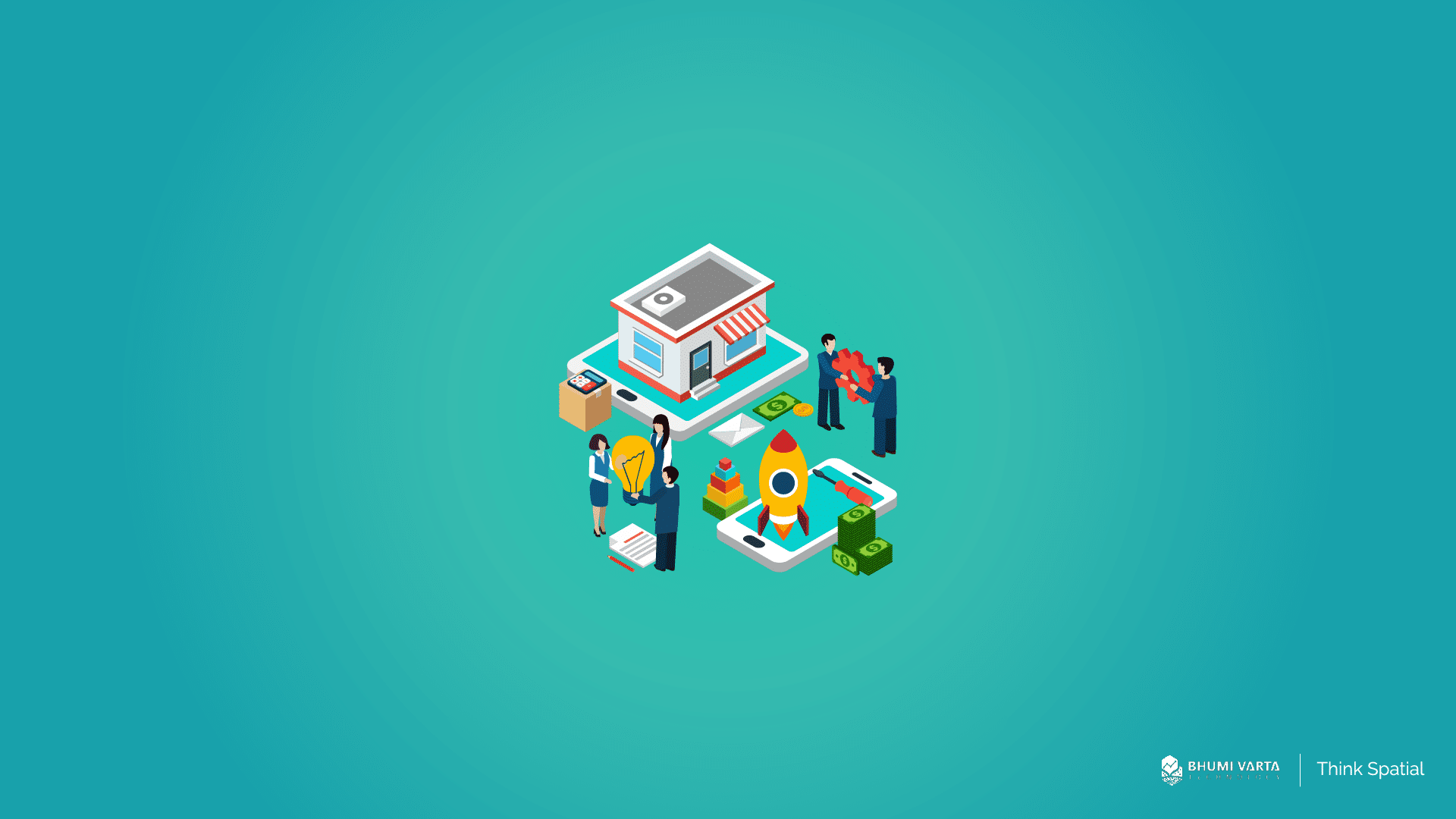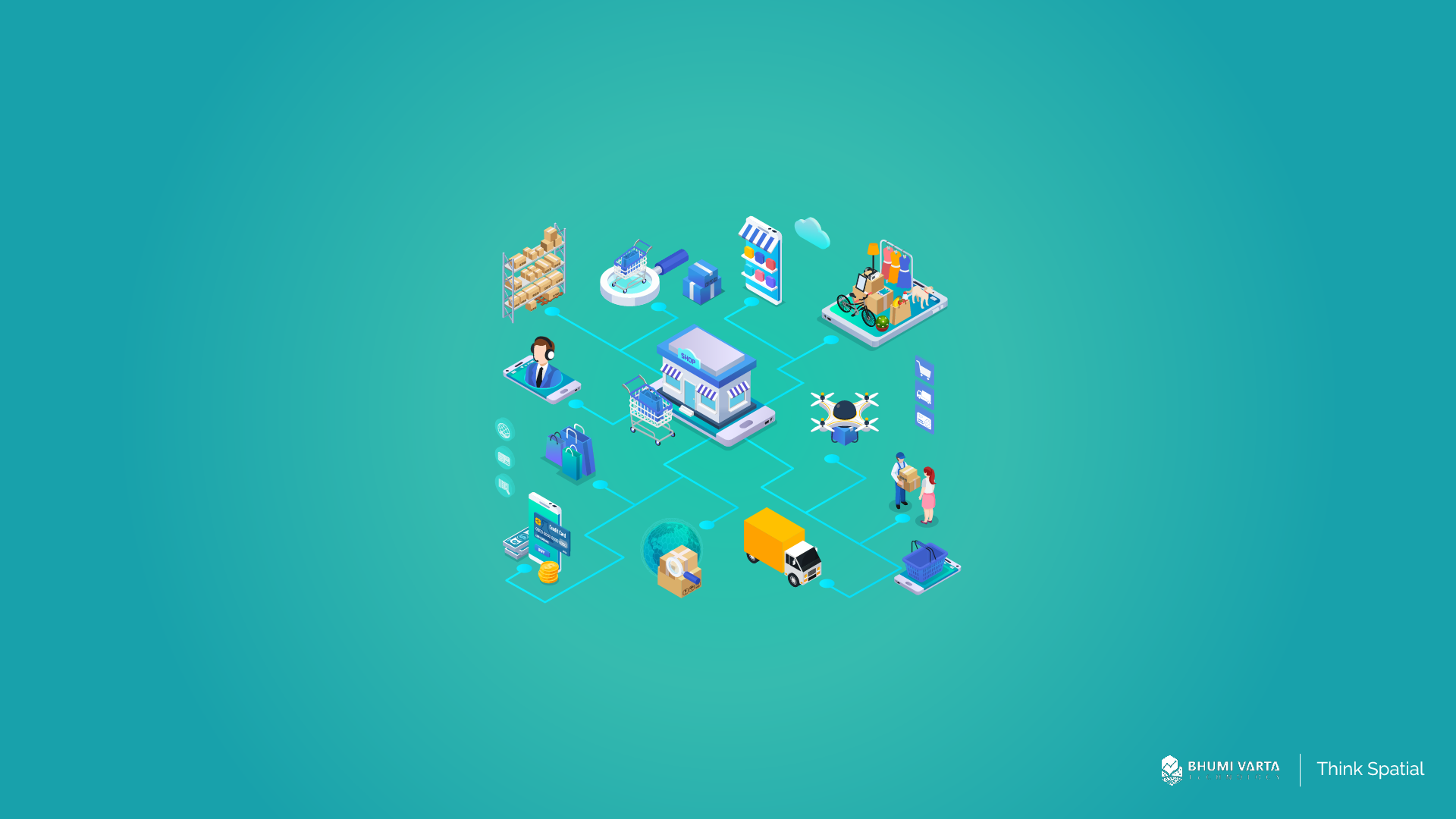O2O Strategy – Micro, Small, and Medium Enterprises, or MSMEs, are essential pillars of the Indonesian economy.
This is because, based on data from the ministry of economics, the number reached 99% of all business units and contributed 60.5% to GDP.
However, the emergence of the pandemic in 2020 put many MSMEs out of business. Part of the reason is decreased demand for the goods they sell.
Generally, MSMEs have a limited range of stores that only serve consumers closest to their business location.
On the one hand, consumer behavior is now choosing to shop online rather than offline. The O2O or online-to-offline business strategy exists to bridge the two.
So, what is O2O?
and how this strategy can help MSMEs. Check out the full explanation in the article.
Contents
Get to know the O2O Business Model
Previously, there was concern that MSMEs and traditional retailers could not compete in price and choice with e-commerce. This is due to high operational costs and limited space.
However, the reality is that most consumers prefer shopping in-store rather than online if they want to use the product immediately.
Online to-offline business is a strategy created to direct potential consumers from online platforms to buy goods in physical stores.
Most of these consumers have seen online recommendations or promotional vouchers via social media, email, or digital advertisements.
There are three ways are commonly used by businesses to get consumers to buy products at physical stores,;
- Provides physical store pickups of goods or products previously purchased online.
- Facilitate product purchases while in-store, for example, by enabling online payments.
- It is possible to return goods purchased online to offline stores if they experience defects or problems.
Advantages of Online to Offline Business
The O2O business model is familiar in Indonesia, but only a few industries that use this concept.
For example, we are no strangers to the Buy 1 Get 1 promotion, obtained through applications or social media, so we visit specific shops or cafes to exchange promo tickets and buy these items at physical stores.
This method succeeded in increasing the number of visitors and sales. Here are other advantages of using an O2O business strategy.
Give what consumers want
A survey from Google proves that 61% of consumers prefer shopping at brands with physical stores rather than just on the marketplace.
This is because consumers can see and hold the items they want to buy directly, this cannot be done if they buy goods online.
Consumers are more likely to purchase goods from physical stores if the physical store experience is combined with an online strategy where the buyer can read product descriptions without asking the seller questions.
Reach more consumers
The O2O strategy enables MSMEs and traditional retailers to reach more consumers.
Data from Salesforce shows that 82% of consumers look for product reviews on digital channels before deciding to buy an item.
Businesses can build a consumer base around their physical stores using online channels as efficiently and effectively as possible. This encourages internet users to visit the store and increases the number of visitors.
Enhance brand trust
Another advantage of using an online-to-offline business is increasing brand reputation and consumer trust.
Brands can maximize consumer satisfaction by providing accessible and instant product delivery services.
Quoted from digitalcommerce, retailers with solid omnichannel engagement can retain an average of 89% of their consumers.
Reasons Why MSMEs Need to Expand Online
According to the Minister of Cooperatives and SMEs, as of June 2022, as many as 19.5 million MSMEs have joined digital platforms.
Integrating online and offline can increase revenue rather than relying on just one channel.
Allows the collection of consumer data
The online expansion allows businesses to collect consumer data.
This data can later be used for marketing, for example, email marketing, to convert potential customers into consumers or increase customer engagement with their business.
Reach new potential customers
Another reason is that online channels help MSMEs get new potential customers using search engines. The chances of someone finding an online store on Google are more significant than finding or bypassing an offline store.
Therefore, selling goods only through stores will result in lost opportunities to find potential customers and lower income.
Allows business to be accessed at any time
An online store allows our store or business to be accessed whenever and wherever consumers want.
Prospective consumers may want to shop and visit online stores in the middle of the night or buy goods in the morning.
Moreover, consumers tend to like the wide selection of available payment methods and direct delivery of goods to their place.
Why is the O2O Strategy Suitable for MSMEs?
The presence of an online-to-offline business strategy provides many conveniences for business people, especially MSMEs. Some of these conveniences include;
Make it easy for consumers to find your store
The O2O concept makes it easy for potential buyers to access or find stores. This service allows consumers to get information on where the desired item is via the internet.
This encourages consumers to come to MSME physical stores and make transactions. In addition, the ease of obtaining this information can expand the market reach of MSME stores.
Facilitate the transaction process
The buying and selling process will be easier if the store offers various payment methods, for example, online payments using QRIS codes or digital wallets.
Not only that, today’s financial technology allows stores to integrate services or products sold with various online services, such as online delivery, cashback promos, and buy 1 get 1 which can increase sales and profits for offline MSME stores.
Facilitate MSME administration system
Financial technology also helps MSMEs carry out administrative systems easily, for example, recording transactions, managing employees and goods, etc.
Neat and well-documented business records will make it easier for MSMEs to access various banking services.
Improve Customer Experience with LOKASI Intelligence
Apart from expanding the consumer network through digital platforms in e-commerce and websites, MSMEs can also maximize sales from physical stores.
One way is to look at the majority of ages who move around the store. LOKASI is a location intelligence and spatial analytics platform equipped with demographic data.
Business people can use this data to determine the characteristics of people in a particular area, such as average age, socioeconomic status, religion, occupation, etc.
For example, it turns out that in location B, most of the population are people aged 50 and over, and business people can sell goods related to the needs of the elderly to increase store revenue.
Learn more by contacting [email protected] or WhatsApp at 087779077750.



